ARTICLE AD BOX
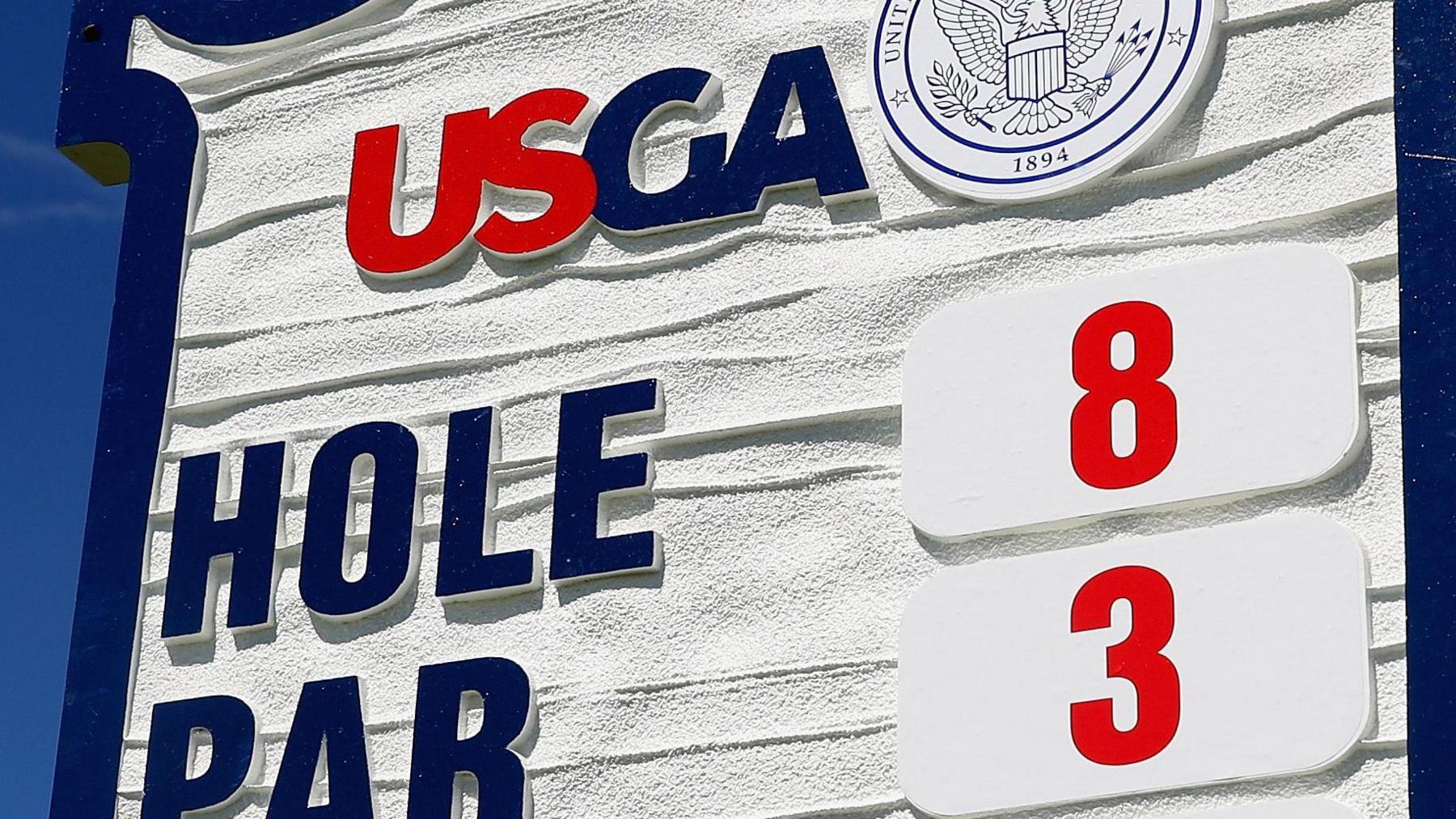 Image source, Getty Images
Image source, Getty Images
Oakmont has been rated among the best golf courses in the US
Peter Scrivener
BBC Sport senior journalist
This week's 125th US Open will feature the longest par-three hole in major championship history at 301 yards.
It has been called "ridiculous" by Collin Morikawa, who hit a driver off the tee in practice, and "silly" by Viktor Hovland, but will the eighth at Oakmont Country Club in Pennsylvania prove to be a gimmick or psychological masterstroke?
John Bodenhamer, chief championships officer at the United States Golf Association (USGA), wants players to "get every club dirty, all 15 of them - 14 in their bag and the one between the ears" at a course which "prides itself on being America's sternest test of golf".
The eighth was the first 300-yard par three when Angel Cabrera triumphed at Oakmont in 2007. The Argentine holed a 20ft putt for a two in the final round and was the only one of the leading contenders to make birdie.
It has been a talking point for more than 70 years.
At the 1953 US Open the eighth played 253 yards, longer than the average drive by a PGA Tour player that year.
While the distances have increased, the average length of drive for a PGA Tour player is still shorter, at 300.9 yards, than the par three will play in 2025.
In 2016 it played 299 yards in the fourth round, four yards longer than the par-four 17th in round three.
Par is just a number but, as 2006 US Open champion Geoff Ogilvy pointed out, "the psychology of par is amazing".
"If it's a par five and you're coming in with a fairway metal [with your second shot], you're thinking there's a chance you can make three," he said.
"But if it's a par three, you hope you don't make four or five.
"No-one likes to get a wood out on a par three. There's a bit of ego involved. But sometimes you have to."
What have the players said?
The eighth is down on the scorecard as a 289-yard hole, but tweaks to the tee box and pin position will extend it to a record distance.
"I haven't played it since they lengthened it to be a short par five," quipped Jack Nicklaus, who won the first of his record 18 majors at Oakmont in 1962, while former tour pro Paul Goydos once mischievously claimed the hole could host a longest drive and nearest-the-pin competition.
Australian Min Woo Lee posted a picture of the hole yardage at 289 yards and par score of three on X with a video of him hitting his tee shot and a message reading: "Hey @USGA someone put a three instead of a four."
Morikawa, winner of The Open in 2021, featured in a video on a practice day asking: "Am I the only one hitting driver? I mean, this just seems ridiculous."
Last year's Open and US PGA Championship victor Xander Schauffele shot back: "It's the perfect club. You don't look very comfortable."
European Ryder Cup player Viktor Hovland said: "As soon as you start to take head covers off on par threes, it gets a little silly."
Not that world number one Scottie Scheffler is getting caught up in the hype. "Whether it's a three wood or driver from that back tee, basically I'm just going to try to get the ball on the green and two-putt," he said.
Number three ranked Schauffele said: "You just figure out how best to make a score on it. You might hurt a few egos if you see guys pulling driver or long clubs."
Ludvig Aberg is similarly unfazed. "I've never had anything against a long par three. I guess I'm different," he said.
Two-time US PGA winner Justin Thomas said after a scouting trip to Oakmont a couple of weeks ago: "That's not my favourite hole. I couldn't tell you a par three over 250 yards that's good, architecturally."
How tough is the eighth hole at Oakmont?
 Image source, Getty Images
Image source, Getty Images
The eighth hole will look differently to how it did here in 2016, with the bunkering significantly altered
Architecturally, the hole has been tweaked for 2025 by renowned course designer and renovator Gil Hanse.
He has extended the 'Sahara' bunker that dominates the left side of the hole, adding a section that juts out into the eyeline some 80 yards short of a green which is regarded as among the flattest on the course.
Hanse has also removed bunkers from the back right of the green. In their place is some of Oakmont's notoriously thick rough, which, at five inches deep and hugging the edge of the putting surface, will be arguably tougher to escape from.
The eighth ranked as the eighth hardest hole on the course in 2016, yielding only 24 birdies and players taking an average of 3.30 shots.
In 2007 it ranked as the fourth hardest with only one in four tee shots finding the green.
It was the only hole that Johnny Miller bogeyed during what is regarded as one of the finest rounds of golf played when he won the 1973 title.
The American shot nine birdies as he posted the first 63 in major championship history, but took three putts from 30 feet after finding the green with a four-wood tee shot on what was then a 244-yard hole.
Longest par-three holes in majors
Unsurprisingly, Oakmont's number eight will hold the top three spots - and six of the top 10 - at the end of this week.
Joint third and fifth on the list will be the seventh and 11th holes at the Los Angeles Country Club, which measured 299 and 297 yards respectively in round two of the 2023 US Open.
These three holes will share 13 of the top 15 spots in the list, with only the third hole at Merion (266 yards in round four in 2013) and the second at Shinnecock Hills (264 yards in round four in 2018) disrupting their dominance.
The longest par three played at The Open was the 16th at Carnoustie in 2018 at 248 yards, while the US PGA Championship set up the 14th at Valhalla to play 254 yards in 2024. This year's Masters at Augusta National featured a fourth hole that was 240 yards.
The shortest par three at a major was the 15th at LA Country Club, which played only 81 yards in round three in 2023.

 1 day ago
9
1 day ago
9


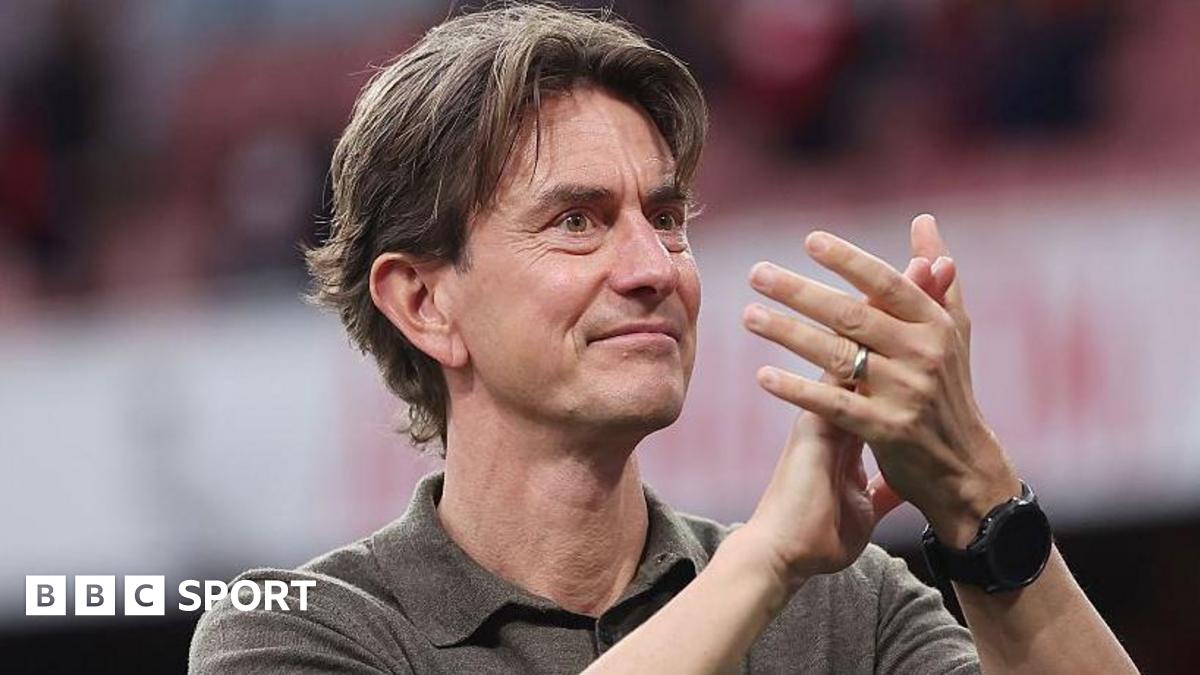
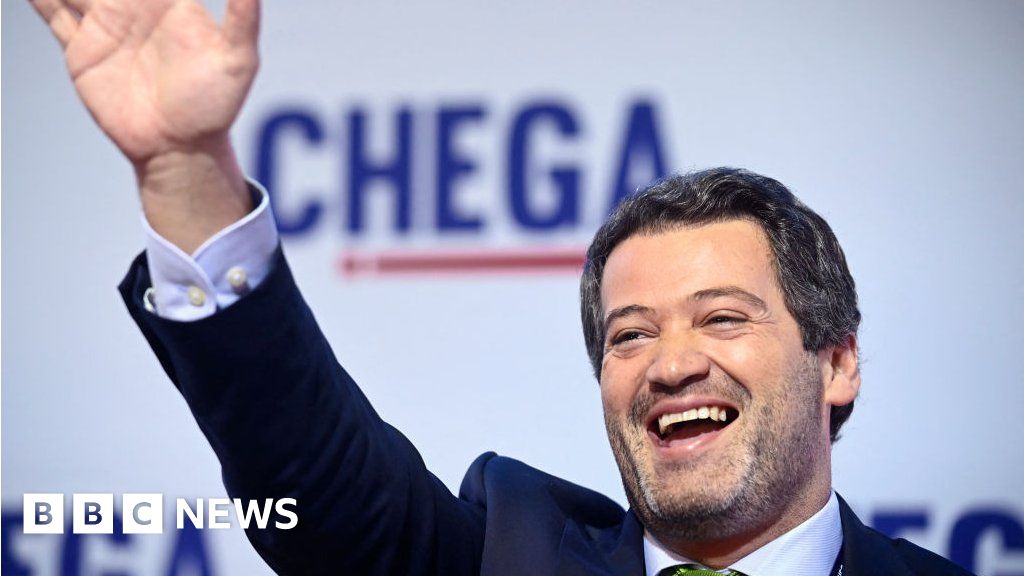
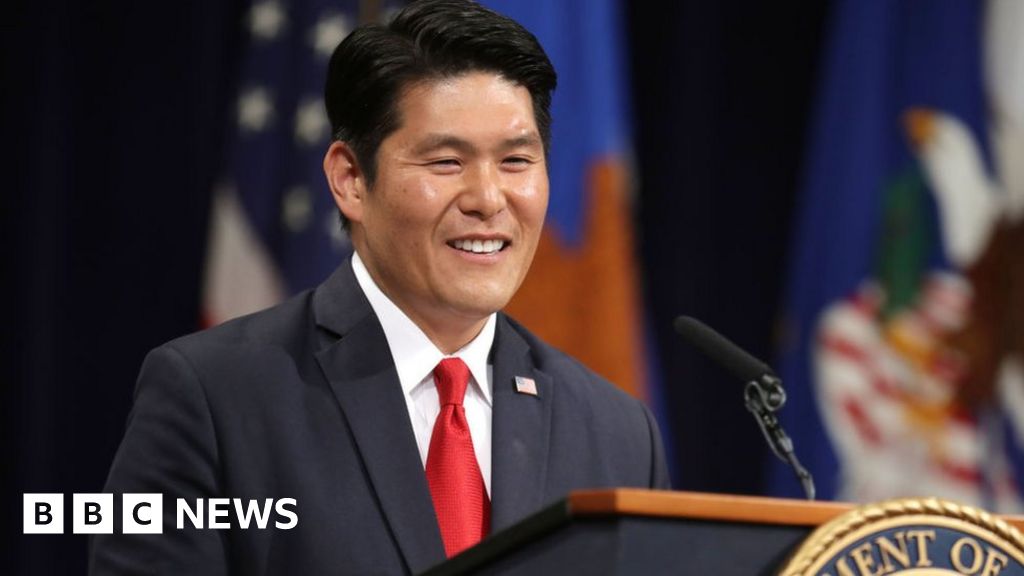
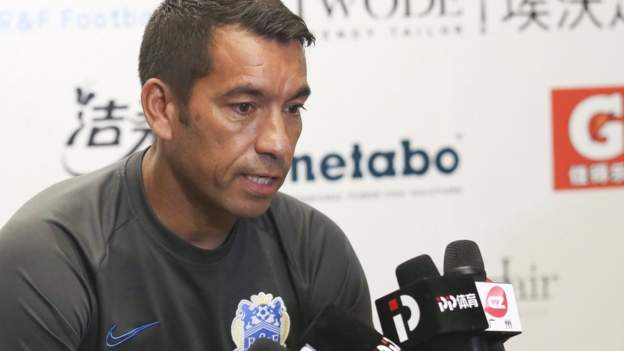

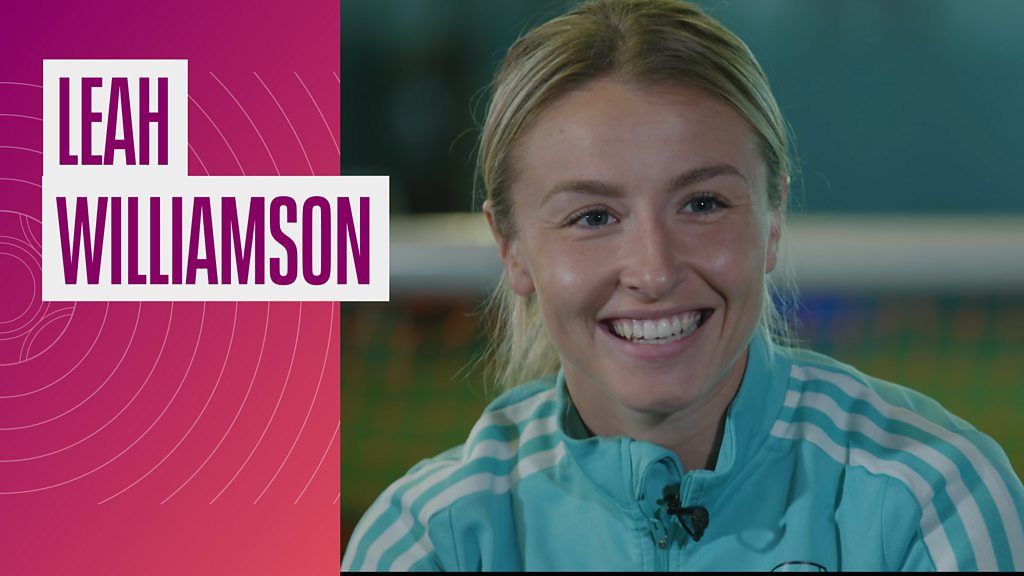
 English (US) ·
English (US) ·